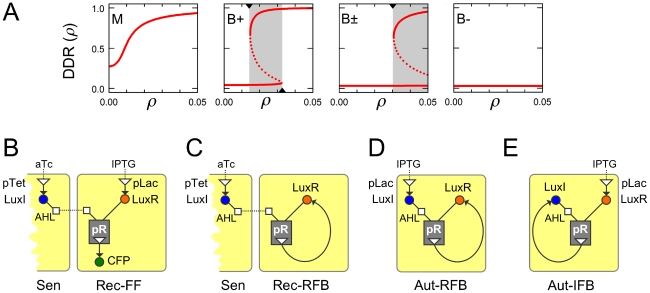Figure 1. Density-dependent responses and feedback loops.
(A) The response of a quorum-sensing system is encapsulated by its transcriptional output, from the moment of inoculation upto its terminal density  . Four different types of density-dependent responses can arise: (M) monostable, where transcription smoothly increases with cell density; (B+) bistable, with a threshold density at which transcription abruptly increases; (B±) bistable and hysteretic at the terminal density, where high and low transcription states co-exist; (B−) bistable but un-induced even at the terminal density, since the potentially bistable region is never reached. Solid lines are stable fixed points, dotted lines are unstable fixed points, and grey boxes indicate bistable density ranges. In our experiments we infer DDRs from the measured terminal responses. These figures were generated for the autonomous LuxI-feedback system using Eq. S18 and parameters from Table S3. Here
. Four different types of density-dependent responses can arise: (M) monostable, where transcription smoothly increases with cell density; (B+) bistable, with a threshold density at which transcription abruptly increases; (B±) bistable and hysteretic at the terminal density, where high and low transcription states co-exist; (B−) bistable but un-induced even at the terminal density, since the potentially bistable region is never reached. Solid lines are stable fixed points, dotted lines are unstable fixed points, and grey boxes indicate bistable density ranges. In our experiments we infer DDRs from the measured terminal responses. These figures were generated for the autonomous LuxI-feedback system using Eq. S18 and parameters from Table S3. Here  = 0.05 (OD600) to match the autonomous loop experiments, while
= 0.05 (OD600) to match the autonomous loop experiments, while  are varied as follows. M: {0.1,0.6}; B+: {0.04,1.6}; B±: {0.01,1.4}; B−: {0.002,1.5}. (B) Constructs used in this study. In sender cells (Sen), LuxI is expressed from the aTc-inducible pTet promoter. In feedforward receiver cells (Rec-FF), LuxR is expressed from the IPTG-inducible pLac promoter, and CFP is expressed from the pR promoter. (C) In the feedback receiver cells (Rec-RFB), LuxR is expressed in feedback from the pR promoter. (D,E) In autonomous feedback systems (Aut-RFB and Aut-IFB) either LuxR or LuxI is expressed in feedback from the pR promoter, while the other protein is expressed from the pLac promoter. Detailed construct maps are given in Tables S1, S2.
are varied as follows. M: {0.1,0.6}; B+: {0.04,1.6}; B±: {0.01,1.4}; B−: {0.002,1.5}. (B) Constructs used in this study. In sender cells (Sen), LuxI is expressed from the aTc-inducible pTet promoter. In feedforward receiver cells (Rec-FF), LuxR is expressed from the IPTG-inducible pLac promoter, and CFP is expressed from the pR promoter. (C) In the feedback receiver cells (Rec-RFB), LuxR is expressed in feedback from the pR promoter. (D,E) In autonomous feedback systems (Aut-RFB and Aut-IFB) either LuxR or LuxI is expressed in feedback from the pR promoter, while the other protein is expressed from the pLac promoter. Detailed construct maps are given in Tables S1, S2.

